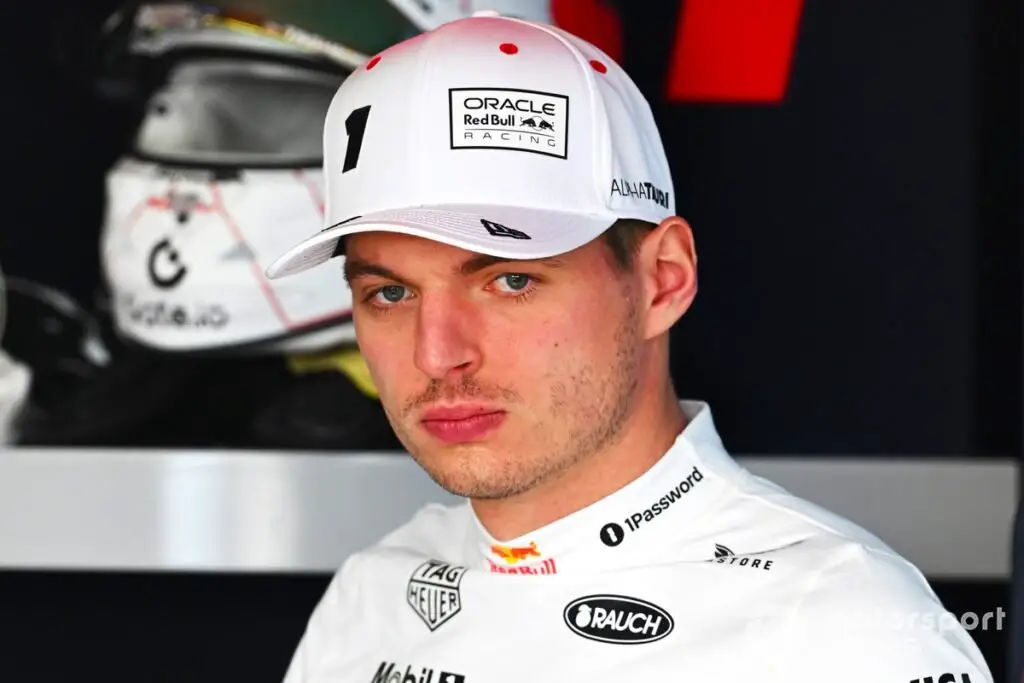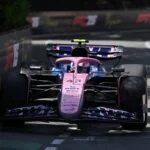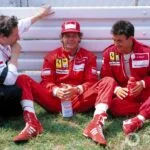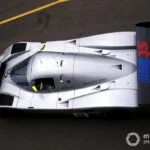Comparing Racing Bulls and Red Bull: A Shocking Revelation from Suzuka’s Practice Sessions
In a surprising turn of events, Max Verstappen, the world champion, has hinted that his teammate Liam Lawson might outperform him in the Racing Bulls car this season. This claim was put to the test during the Japanese Grand Prix practice sessions, where the VCARB 02 seemed to outshine Red Bull’s RB21.
Verstappen’s Claim Proven True in Practice Sessions
During Friday’s practice sessions in Suzuka, Isack Hadjar secured P3, just four-tenths of a second behind the fastest McLarens, while Liam Lawson finished in P5. Verstappen, on the other hand, was eighth, with a measurable gap to his now former teammate.
Lawson mentioned that the VCARB02 has a “wider operating window” than the Red Bull car, confirming what everyone in the paddock already suspected. Verstappen admitted that Red Bull is yet to fully resolve its issues.
Analyzing the Lap Times of Verstappen and Hadjar
Tsunoda’s comments highlight that the Racing Bulls car is at least more driver-friendly than the Red Bull, although the RB21 should still have a slightly higher performance ceiling. However, there are important caveats to Friday’s results.
A closer look at the data reveals Racing Bulls mainly gained time over Verstappen on the straights – just as Tsunoda was faster in straight-line sections during the first practice. This could theoretically indicate something about set-up choices, but it’s more likely fuel levels and engine modes played a role.
When comparing Hadjar’s (P3) and Verstappen’s (P8) laps in FP2, a similar trend emerges. Verstappen was about two and a half tenths faster than Hadjar coming out of the Esses, as illustrated in the telemetry image above. Lawson mentioned that the Esses have become even more intense due to the new asphalt, almost “pulling drivers’ heads off their shoulders”.
Looking at our other telemetry overlay, below, adds some important context to this. Most of the full-throttle sections are highlighted in white, indicating that Hadjar gained most of his time in these areas – particularly in traction phases. At the hairpin and when entering Spoon, Verstappen gains time again – just as he did in the Esses – putting him 0.130 seconds ahead of Hadjar’s lap time as he exits Spoon.
That advantage is then negated on the full-throttle stretch leading to the final chicane, emphasising that the Racing Bulls car is gaining on the straights. This is further reinforced by the fact that Verstappen went through 130R faster than Hadjar.
After accelerating out of the final chicane, Verstappen is just slightly ahead of Hadjar’s delta time but, in the sprint to the finish line, this turns into a 0.152-second advantage for the Racing Bulls driver. The overall picture shows that while performed surprisingly well and Red Bull still has a lot of work to do in Suzuka, the sight of both sister-team cars ahead of Verstappen may not be entirely representative.
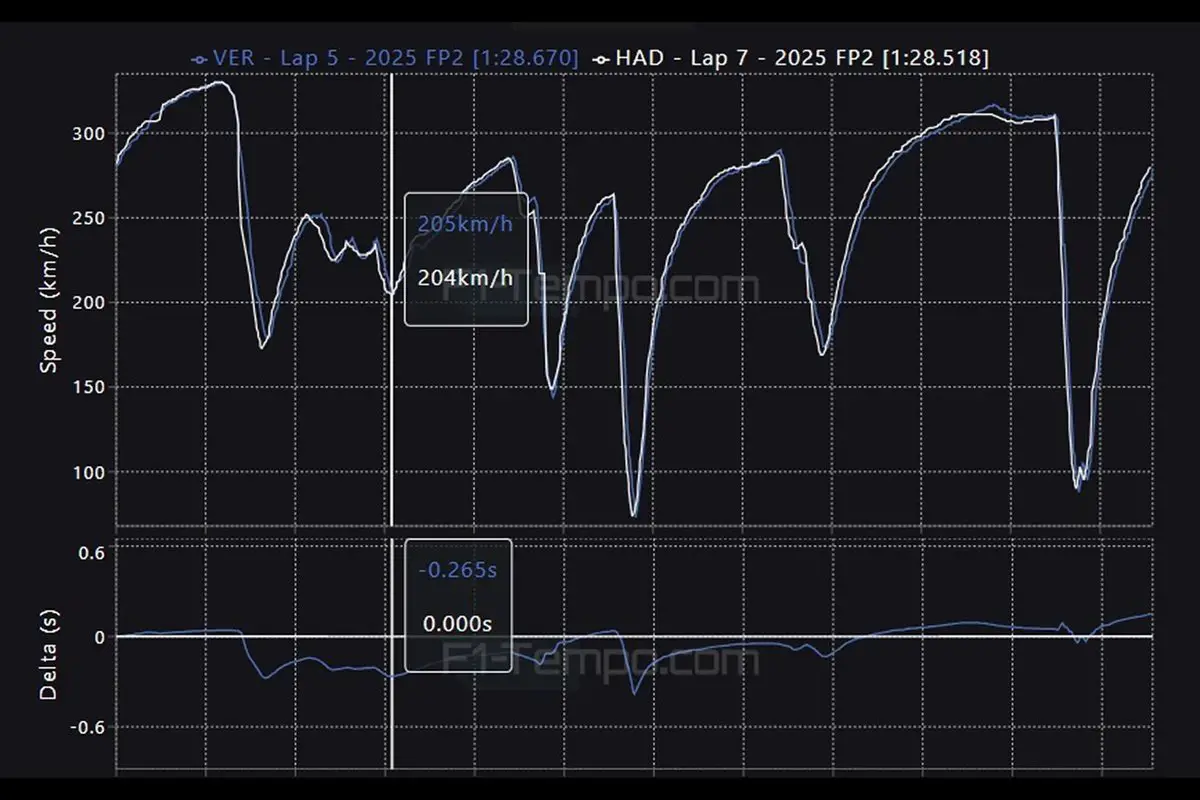
Factors Affecting the Performance Differences Between Racing Bulls and Red Bull
Helmut Marko has frequently pointed out that Red Bull tends to run cautious engine modes in these sessions – which, while not explaining away the RB21’s vices, is an important factor to keep in mind when analyzing the results.
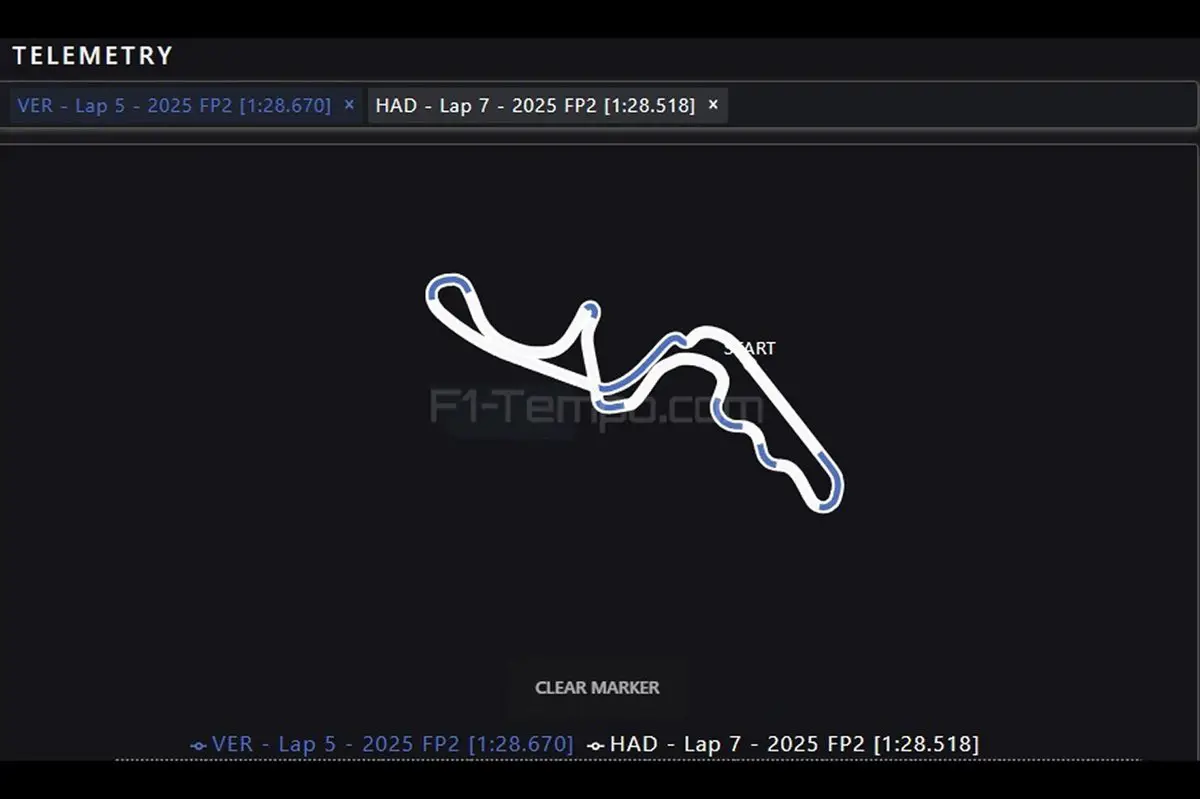
Long Run Analysis: What Do Friday’s Results Mean for the Race?
Most teams factor a race simulation into their FP2 run plans, which we can analyze to give some insight into race pace. Circumstances at Suzuka rendered that more challenging than usual. Four red flags made for a staccato second practice session which yielded little useful data, meaning the numbers below – sourced from data partner PACETEQ – are based on the first session. Despite this, the overview confirms McLaren is strong and once again the clear favorite this weekend. Lando Norris recorded the fastest extended run while also maintaining relatively low tyre degradation – despite his radio complaints about graining.
Behind, the order is less definitive. For instance, Aston Martin’s runs were very short and showed significant tyre wear, so its pace would have inevitably dropped over a longer stint. The same applies to the next name on the list, who doesn’t really belong there: Nico Hulkenberg. All things considered, George Russell emerged as McLaren’s closest challenger – a position with which Norris and Oscar Piastri concurred. The Mercedes driver was about 0.32 seconds per lap slower, placing him just ahead of the Ferrari duo.
Red Bull’s numbers, on the other hand, look significantly worse, with two key caveats. First, the long runs in this session weren’t particularly telling. Second, the overall picture only confirms what Verstappen already acknowledged: Friday was a tough day for Red Bull, a team which has a lot of work ahead.

